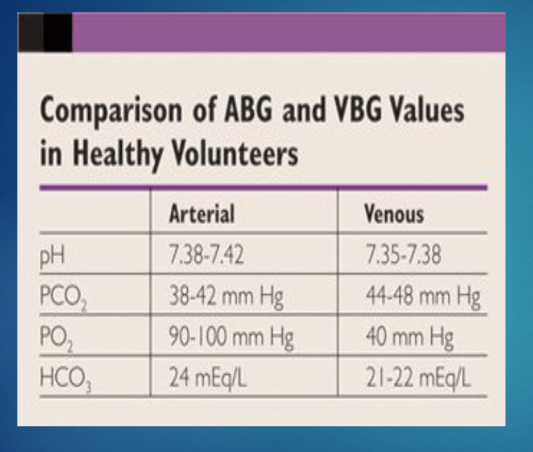Many thanks to Dr. Jill Zechowy for an excellent presentation this week on Perinatal Mood Disorders. A link to the recording is available HERE.
My notes:
- PPD: perinatal/post partum depression
- PPA: perinatal/post partum anxiety
- PMADs: perinatal mood disorders (including depression, bipolar, anxiety including panic, OCD, GAD)
- Sleep
- Reduced Interest
- Guilt
- Low Energy
- Impaired Concentration (may be criteria for extending disability)
- Appetite (crave carbs, have low appetite)
- Psychomotor agitation or slowing
- Suicidality
In the first YEAR of life, maternal mental health diagnoses are the number 1 cause of maternal mortality (death from suicidality and/or drug overdose)
PPD differs from major depression in a few ways: more anxiety, changed sleep/lifestyle, parenting responsibilities
Costs for moms/women: PPD affects 1/7 women, PMADs in 1/5 women, 1/10 partners/adoptive parents (roughly 1 million people/year). Depression impairs women's ability to bond with baby, delays/impairs attachment. Depressed moms are less responsive to their babies -- children born to women with untreated PPD are more likely to have externalized behaviors (e.g. conduct issues, fights in school, shouting, hitting, aggressive behaviors). PMADs major cause of divorce, suicide.
Costs to infant: if a person with a uterus is pregnant with depression, more likely to have pre-term birth, SGA, impaired brain growth, developmental delay, behavioral disorders, attachment disorders. Untreated PPD is an ACE for the child.
Who is at risk? People with prior history of depression/anxiety is at increased risk, family history depression/anxiety (even in a male relative) increases risk of PPD. Trouble sleeping in pregnancy has the strongest correlation with PPD in perinatal time.
PPD is caused, in part, by hormone changes (e.g. allopregnanolone levels plummet at birth, women with a genetic issue with pregnanolone receptors have severe PPD). But hormones are only part of the explanation. There are other biological issues. Right now, our awareness of mental health of children is so acute that it is a particularly difficult time to mother/parent. The demands of parenting are also an extreme stress.
Screening
All pregnant people should be screened for PPD, positive Edinburgh screening is 9-12 (out of total 30). ACOG recommends in first trimester, again at "later trimester" and every postpartum visit. AAP recommends "mothers be screened for PPD at 1, 2, 4 and 6 month visits".
- Assess for suicidality: pay particular attention to the suicide question on your screening tool.
- Ask how women are sleeping.
- Screen for bipolar disorder: history of bipolar disorder, family with bpd, ever a time they were agitated/impulsive/didn't sleep/more sexual
- bipolar disorder most often diagnosed postpartum
- Look for evidence of psychosis
5 Risks of SSRI:
- poor neonatal adaptation (akin to SSRI withdrawal), occasionally NICU for monitoring and blood sugar
- pulmonary hypertension of newborn: very low risk
- cardiac defects ?some studies show yes, others no (cardiac side effects documented in paroxetine, fluoxetine (rx'd often for PMDD)
- bipolar disorder: do not want to precipitate mania, consider quetiapine QHS for someone who have postpartum bipolar disorder. Get psychiatrist help
- suicidality (always recheck 2 weeks after starting SSRI). Agitation can happen without warning, can be result of agitation that an SSRI can cause, unknown element of BPD. National Suicide Hotline 9-8-8. If they have thoughts of hurting themselves, should stop the med and let you know.
Preventing PPD













